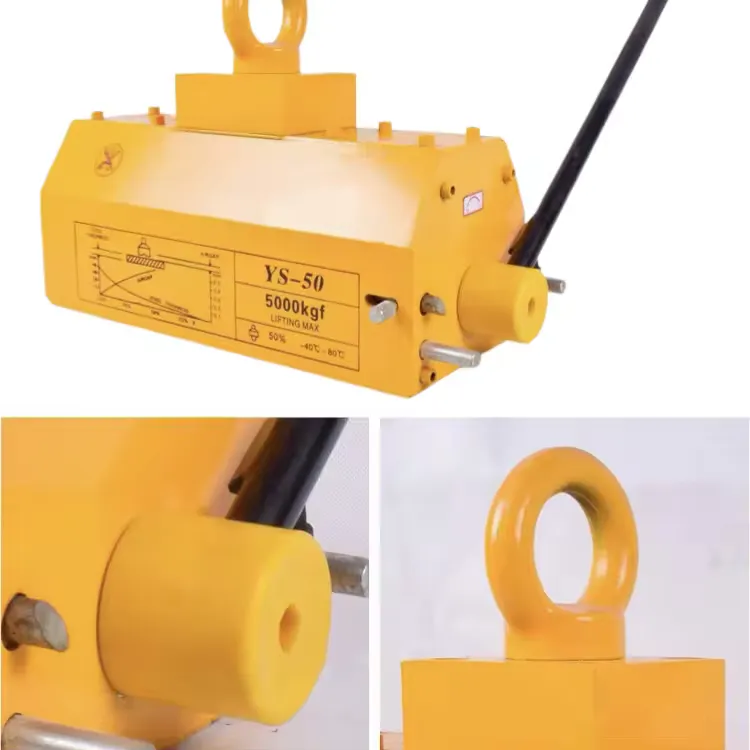Using Skates to Efficiently Move Heavy Equipment in Various Environments
Moving Heavy Equipment with Skates A Comprehensive Guide
In various industries, transporting heavy equipment can be a daunting task. Traditional methods often involve cranes, forklifts, or heavy-duty trucks, which can be costly and time-consuming. However, an innovative alternative has gained popularity in recent years the use of skates for moving heavy equipment. This article explores the advantages of using skates, types of skates available, safety considerations, and best practices for ensuring efficient and safe transportation.
Advantages of Using Skates
One of the primary benefits of using skates is their cost-effectiveness. Unlike cranes or heavy machinery, skates are relatively inexpensive. They require minimal maintenance and are easily replaceable. This makes them an ideal option for businesses looking to save on transport costs while still ensuring efficient movement of heavy items.
Another advantage is the versatility of skates. They can be used on various surfaces, from concrete to asphalt, making them suitable for both indoor and outdoor applications. The ability to maneuver heavy equipment in tight spaces is a significant benefit that traditional heavy transport methods can't offer. With skates, operators can easily navigate through narrow aisles, doorways, and other confined areas, significantly expanding the operational capabilities.
Moreover, using skates can lead to reduced manpower requirements. Fewer personnel are needed to operate the equipment, which can lead to significant labor savings and improved efficiency in moving operations. This is particularly beneficial for small to medium-sized businesses that may not have access to a large workforce.
Types of Skates Available
Skates come in various types, each designed for specific weights and equipment types. The most common types include
1. Roller Skates These are equipped with wheels and are best suited for moving lighter equipment. They are easy to maneuver and are ideal for short-distance transport.
2. Toe Jacks and Skates These are designed for heavier loads. Toe jacks lift equipment slightly so skates can be easily placed underneath. They are typically used for items such as industrial machines or large generators.
3. Pallet Skates Aimed specifically at moving heavy pallets, these skates have a flat surface that allows for stable transport. They are essential in warehouses or distribution centers.
4. Heavy-Duty Skates Designed to handle significant weights, these skates can support and move thousands of pounds. They usually come with advanced features such as locking mechanisms to secure the load during transport.
skates moving heavy equipment

Safety Considerations
While skates are undoubtedly useful, safety should always be a top priority during operation. Before beginning the moving process, it’s crucial to assess the weight and dimensions of the equipment being moved. Overloading skates can lead to accidents and equipment failure.
Additionally, a thorough examination of the pathways to be traversed is necessary. Ensure that the path is clear of obstacles, and consider using spotters to guide the operation, especially in busy environments. Operators should also wear appropriate safety gear, including steel-toed boots and gloves.
Another essential safety consideration is the training of personnel involved in the moving process. Proper training ensures that all team members understand how to use the skates effectively and safely. This includes knowing how to lift, push, and maneuver the equipment without putting themselves or others at risk.
Best Practices for Moving Heavy Equipment
To maximize efficiency when using skates, consider implementing the following best practices
1. Plan the Route Before moving equipment, plan the route you will take. Identify any potential hazards or obstacles and ensure the path is clear.
2. Communicate Clearly All team members should know their roles and responsibilities during the move, and clear communication should be maintained throughout the process.
3. Use Proper Techniques Employ correct lifting and pushing techniques to prevent injury. This includes using your legs rather than your back to lift and keeping movements controlled.
4. Maintain Equipment Regularly inspect skates and other moving equipment for wear and tear to ensure safe operation.
Conclusion
Moving heavy equipment with skates offers a practical, cost-effective solution for various industries. By understanding the advantages, types, safety considerations, and best practices associated with using skates, businesses can enhance their operational efficiency while ensuring the safety of their workers. With the right approach, skates can revolutionize the way heavy machinery is transported, facilitating smoother operations and saving valuable time and resources.
-
Unlock Seamless Relocation with Our Heavy Equipment Moving ExpertiseNewsJun.06,2025
-
Unleash Unrivaled Flexibility with Our Adjustable Gantry CraneNewsJun.06,2025
-
Unleash Heavy-Duty Efficiency with Our Industrial Gantry Crane SolutionsNewsJun.06,2025
-
Revolutionize Steel Handling with Our Magnetic Lifter RangeNewsJun.06,2025
-
Master Equipment Mobility with Premium Machinery Mover SolutionsNewsJun.06,2025
-
Elevate Your Material Handling with Magnetic Lifter TechnologyNewsJun.06,2025
-
YS Permanent Lifting Magnets: The Smarter Way to Handle SteelNewsMay.22,2025
